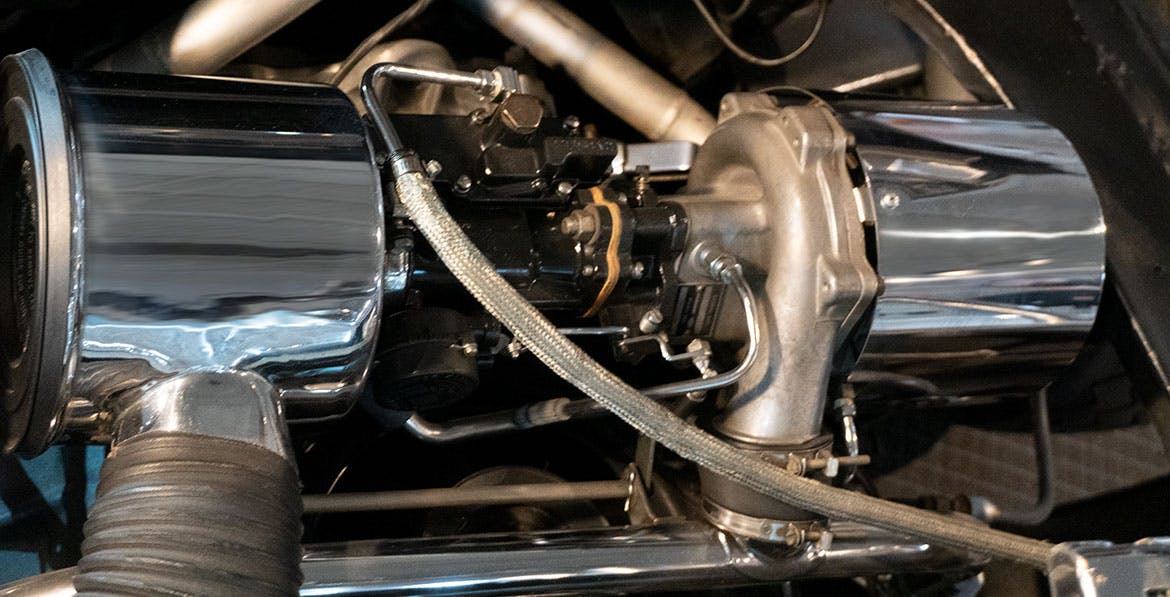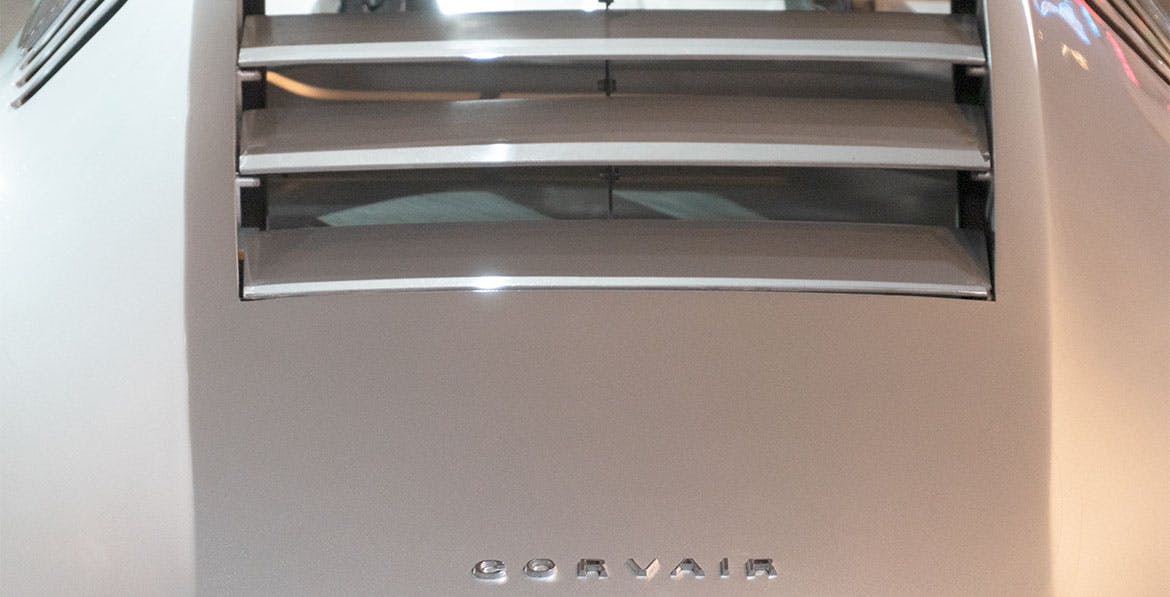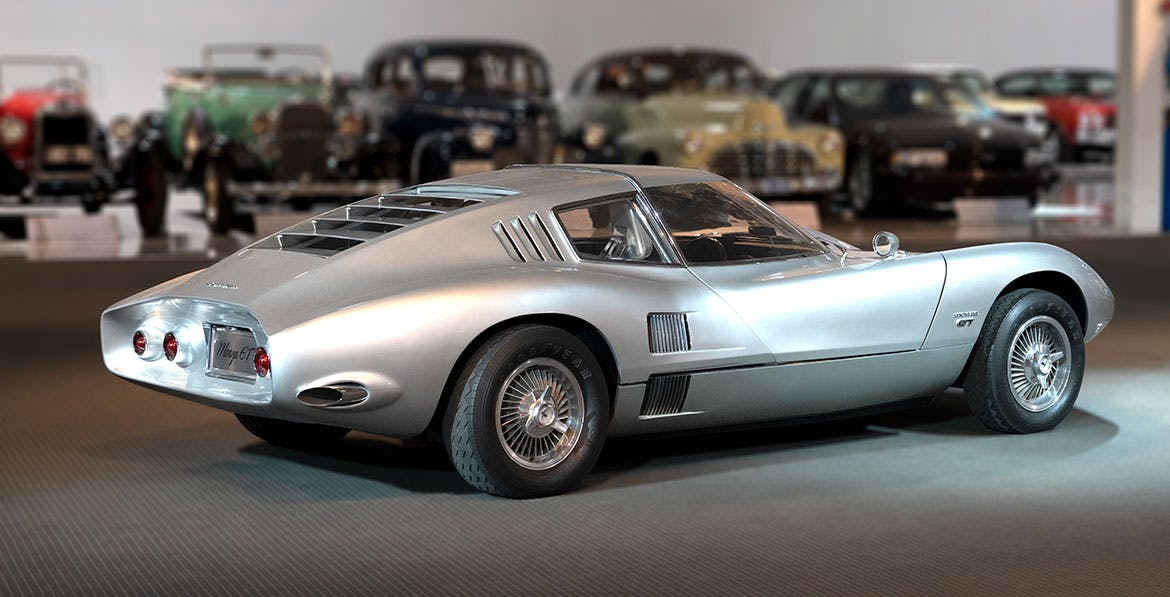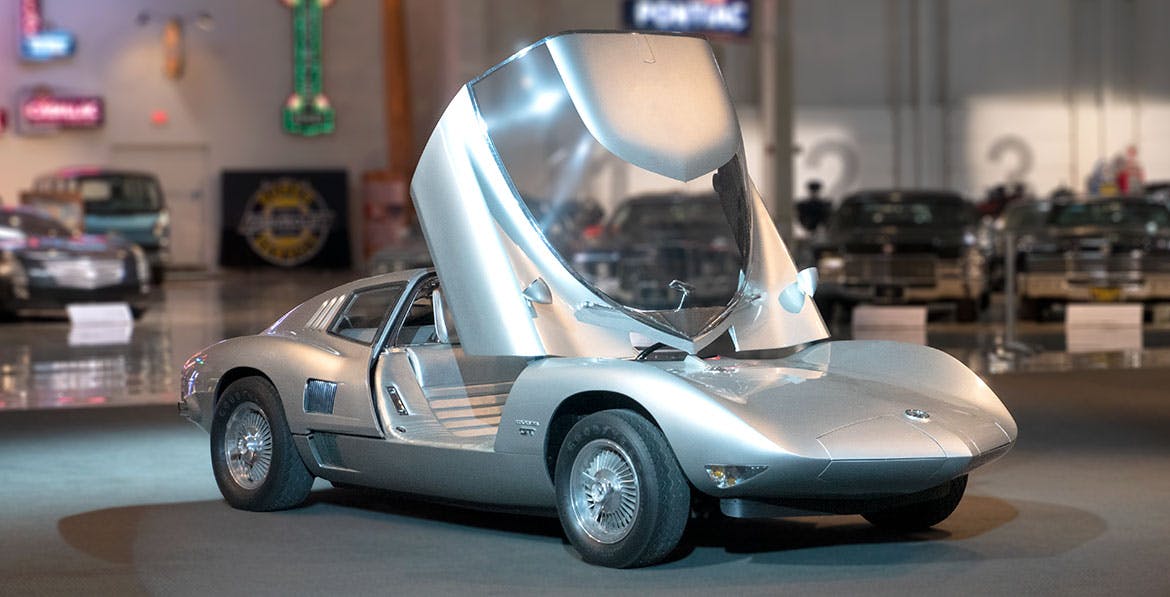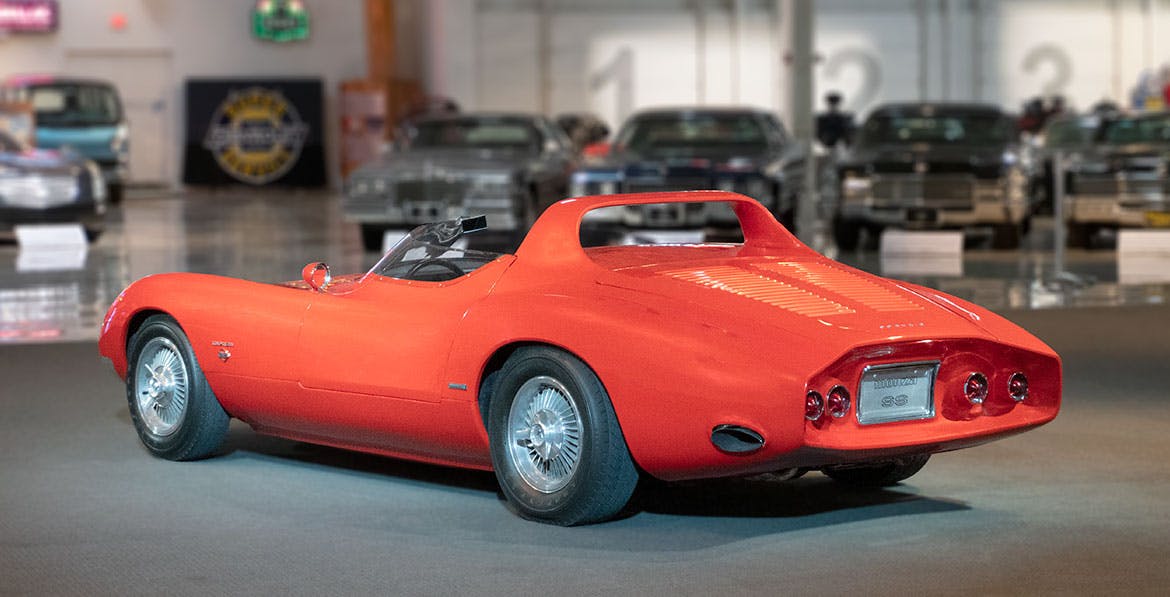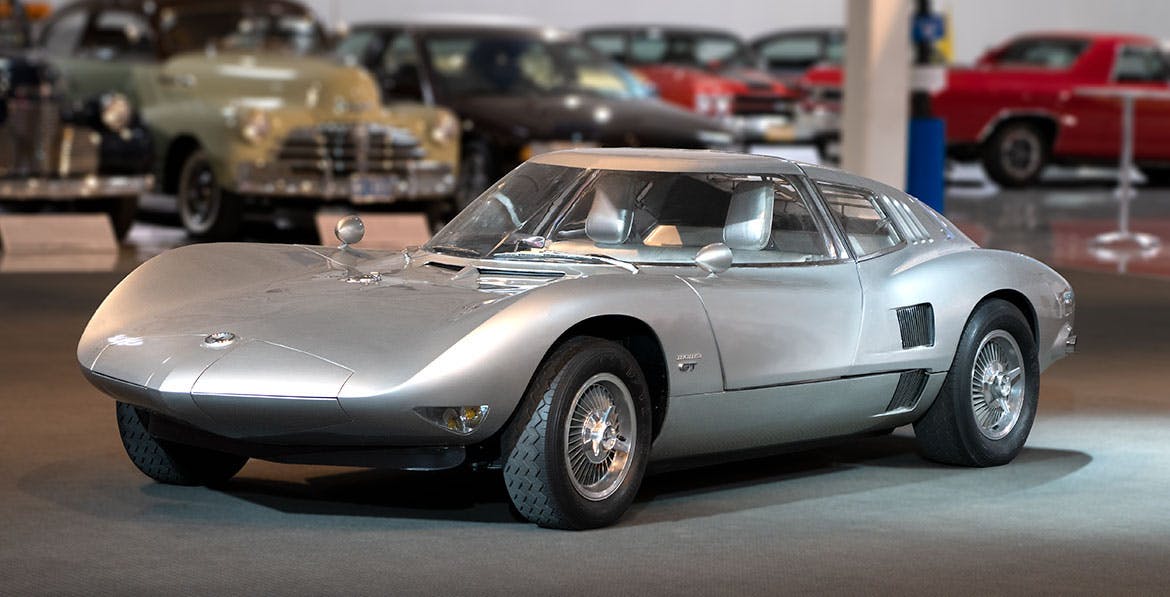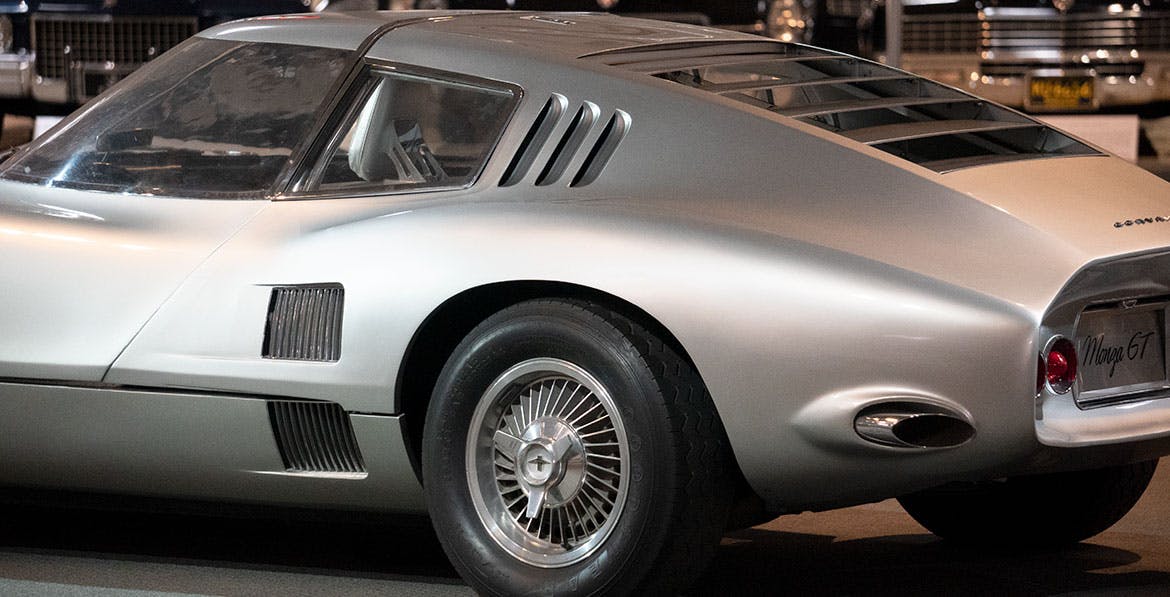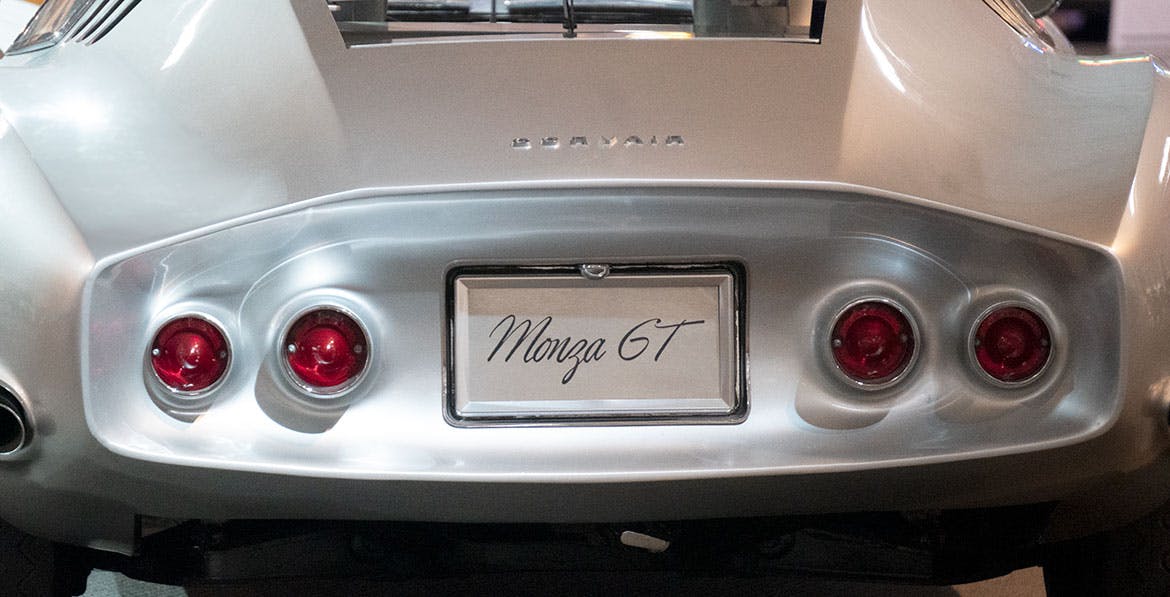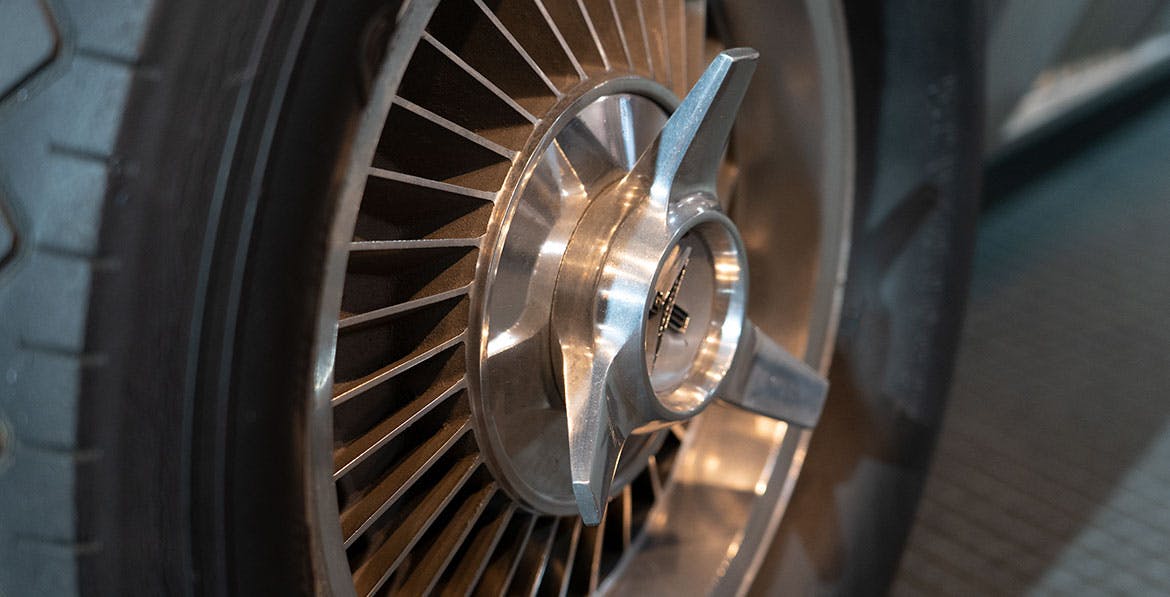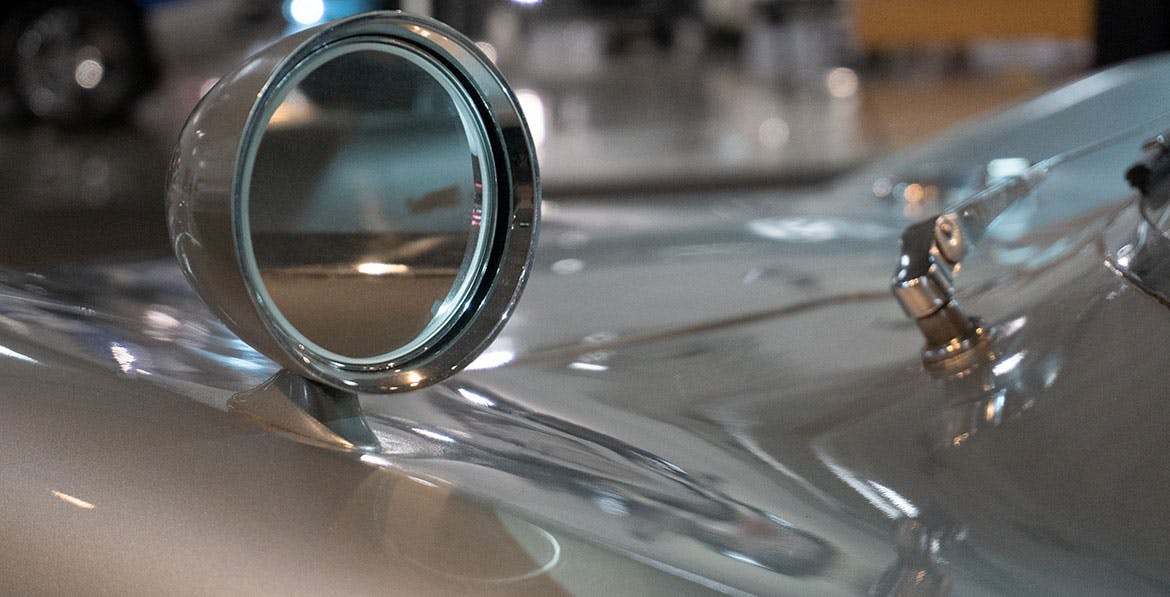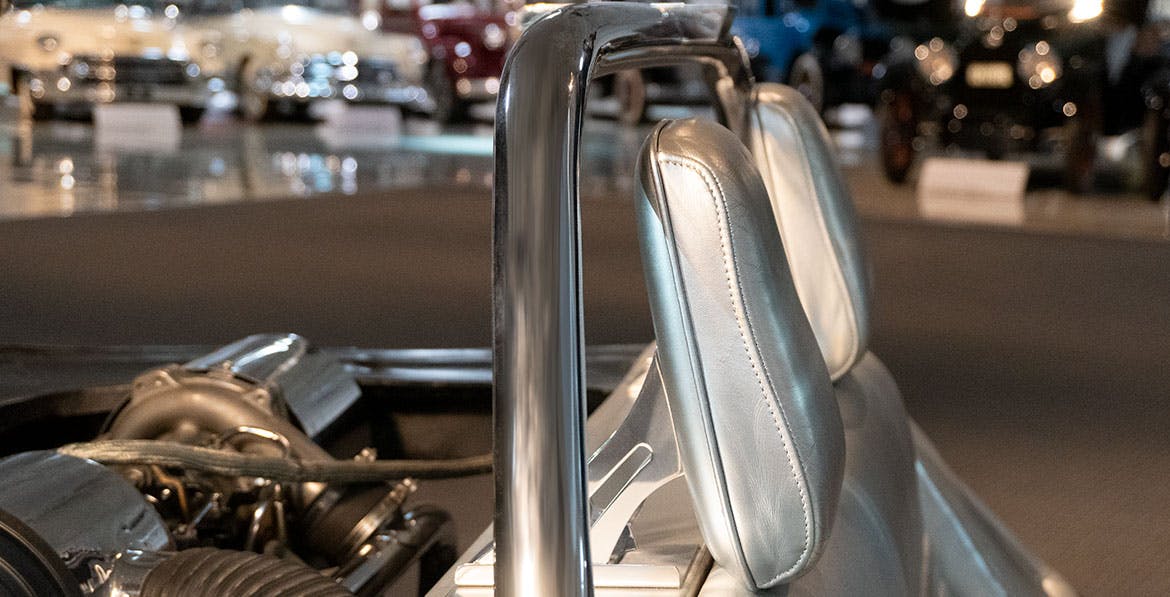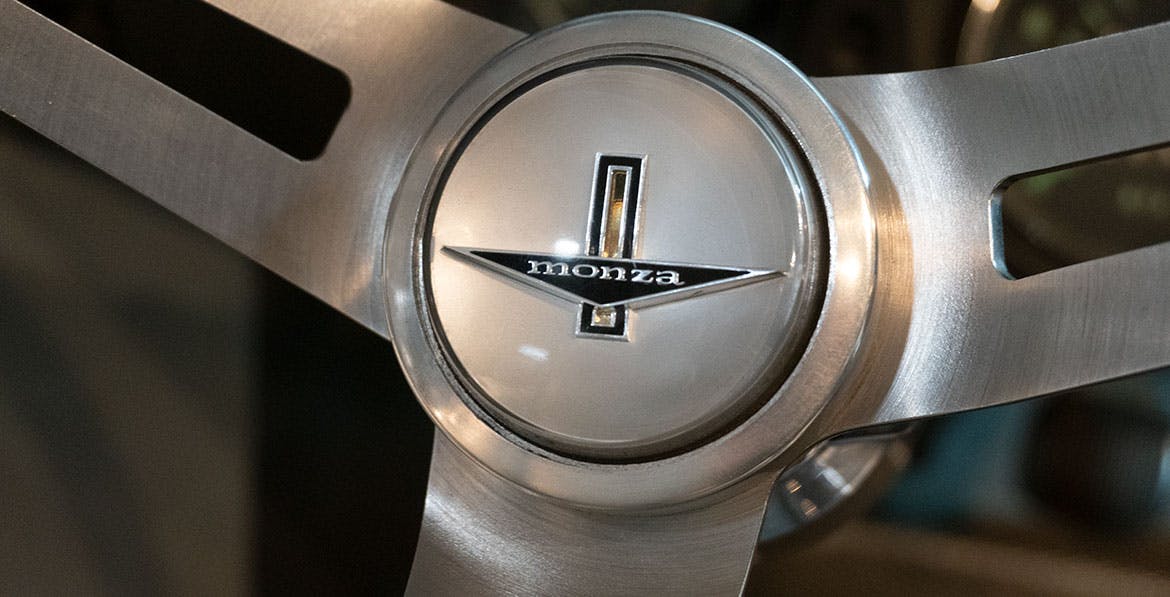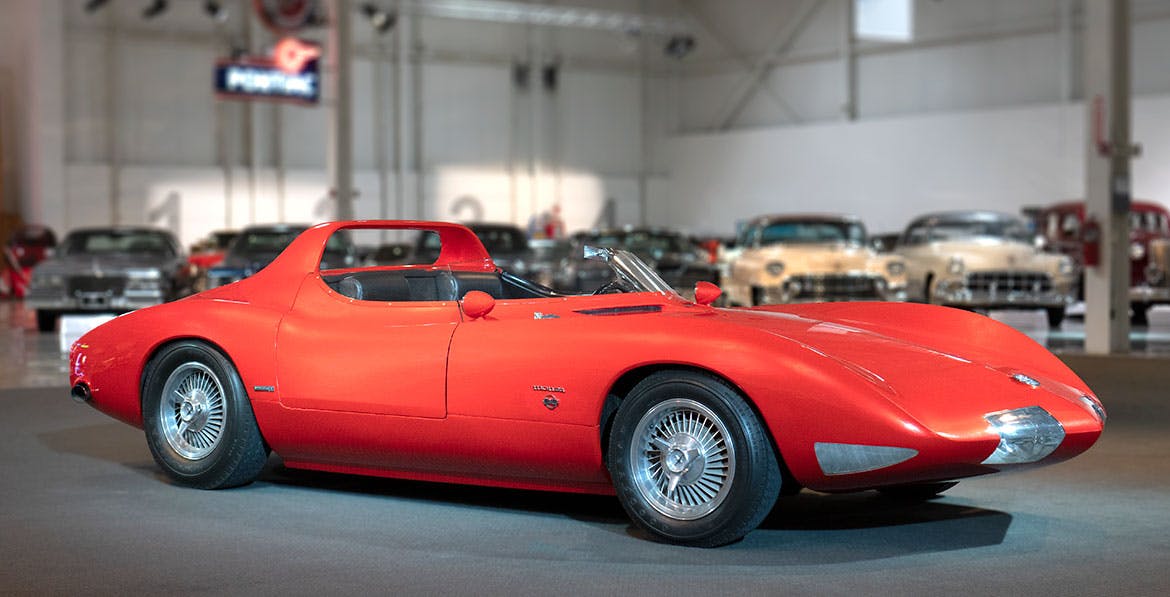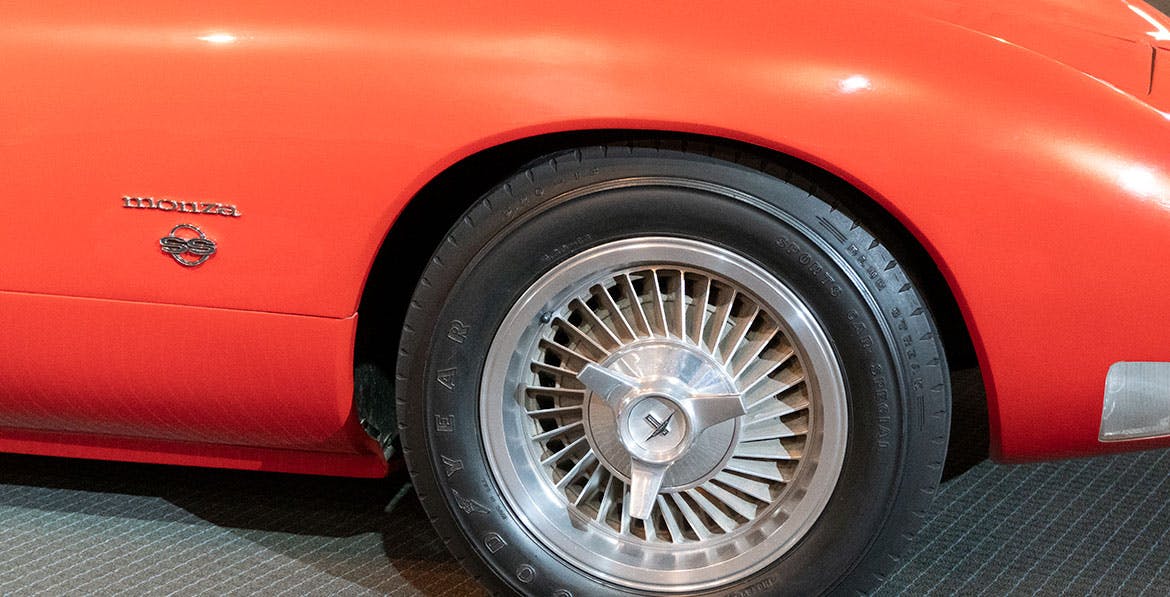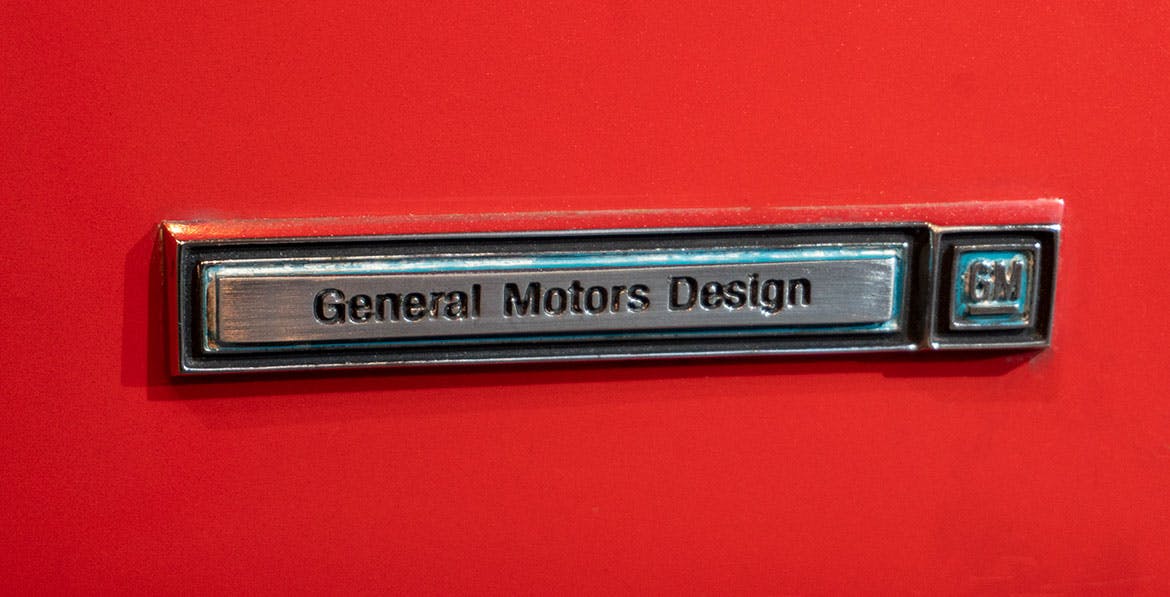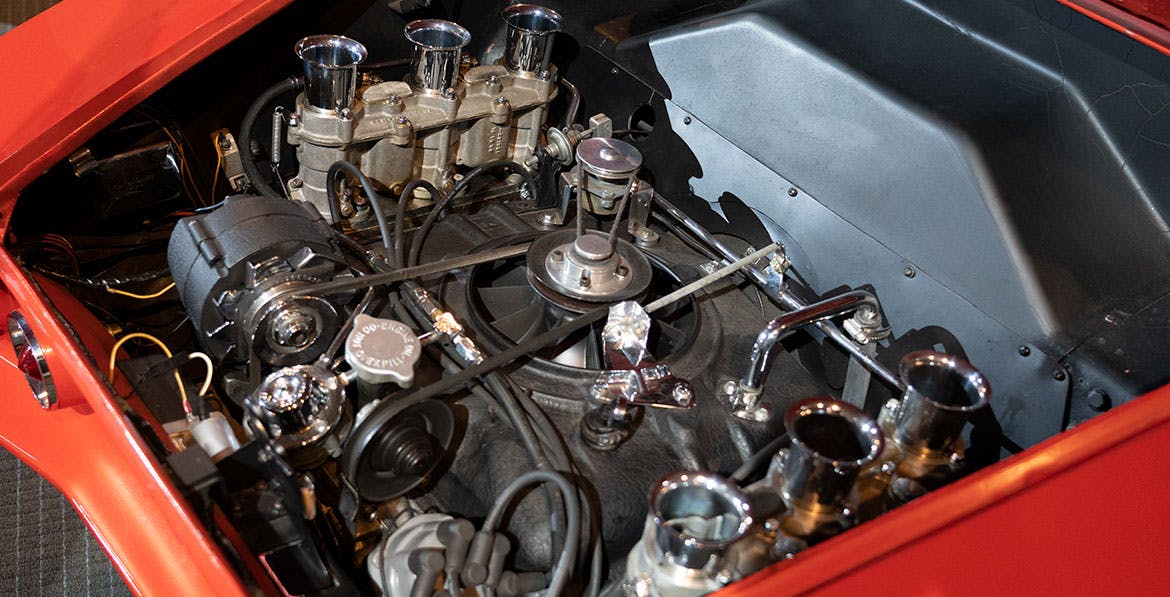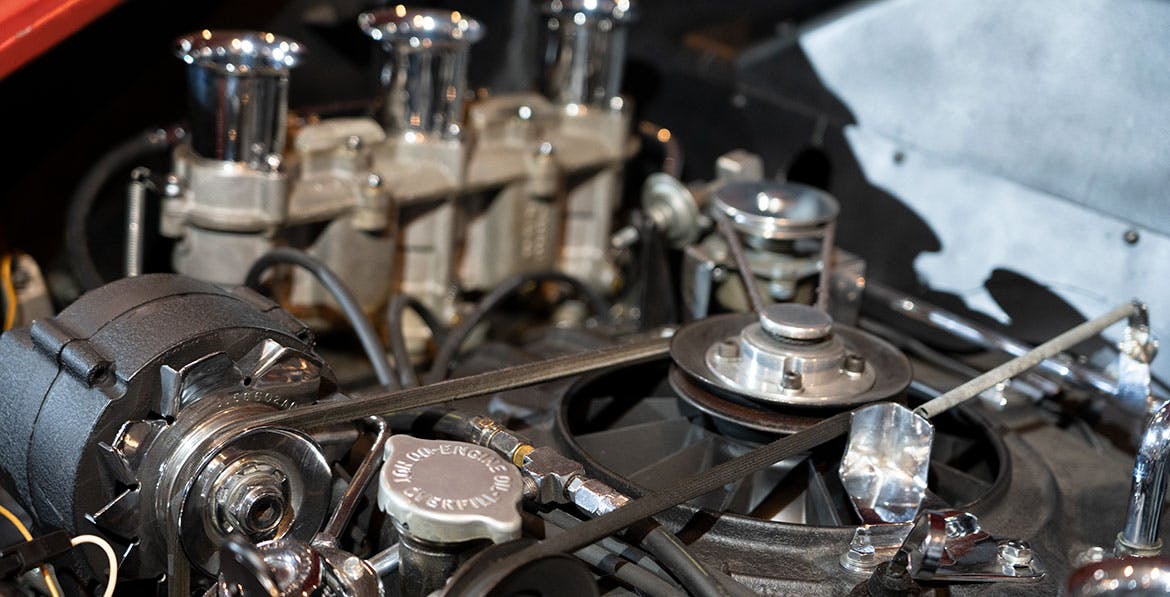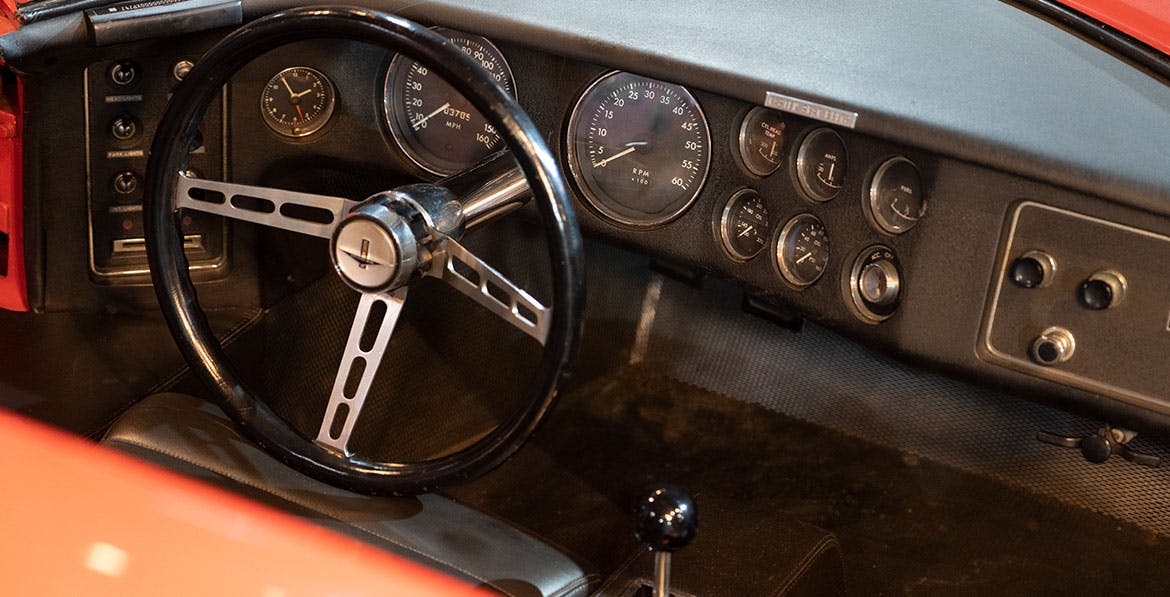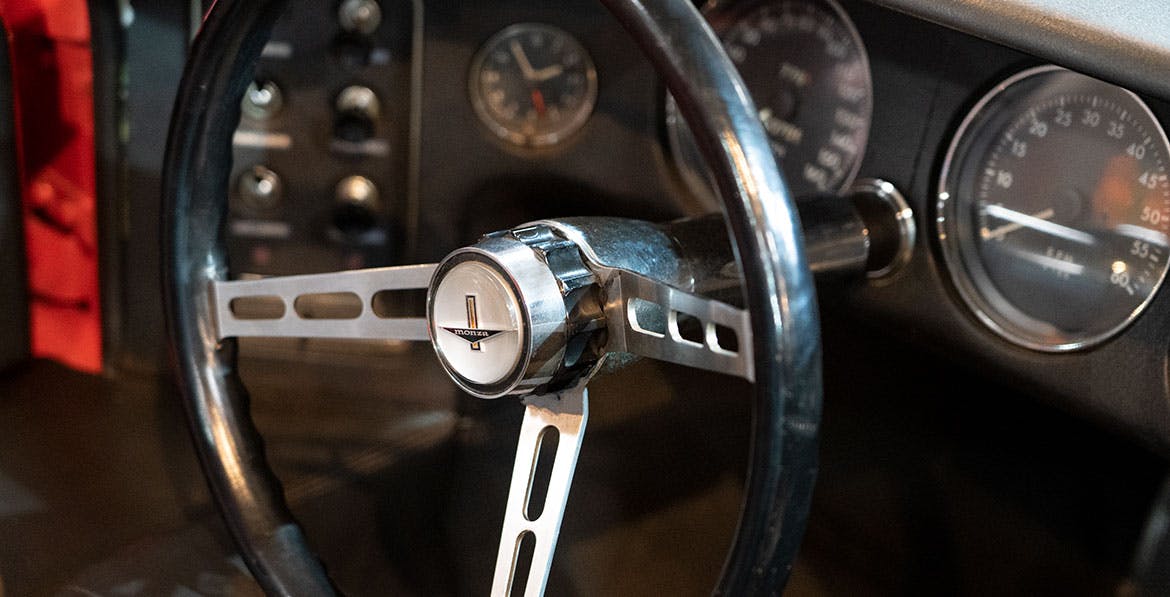The Monza GT and SS prove that the second-gen Corvair was revolutionary long before it was real
What the passing car enthusiast fails to realize is how revolutionary the Corvair was, even in its production form. In the 1980s and 1990s, all that U.S. manufacturers wanted to do was build an American version of a European sports sedan. However, GM had accomplished just that in 1960 with the Corvair, and the second-gen cars would refine the recipe even further. Before that second-generation arrived, though, Chevrolet whetted the public’s appetite with two shockingly beautiful concept cars, the Corvair Monza GT and the Corvair Monza SS.
The Monza GT was the first to arrive on the show stage, but its story goes back much further than 1962. Like VW and the Beetle—and, more importantly, the Karmann Ghia—Chevrolet was in cahoots with many design houses, rebodying early-model Corvairs as a means of building interest not only here but also in Europe. As early as 1960, Pininfarina was displaying its Corvair Speciale, mere months after Chevrolet’s car went on sale.
The Speciale was a four-seat coupe, a slightly sexier body wrapped around the existing interior. Bertone went a step further, shortening the unibody floorpan from a 1963 Monza 900 and trimming its wheelbase to 94 inches. The styling job for the sleek, two-door sports car went to Giorgetto Giugiaro, then employed by Bertone, and the result was the Chevrolet Testudo, driven straight to the Geneva Auto Show by Nuccio Bertone himself.
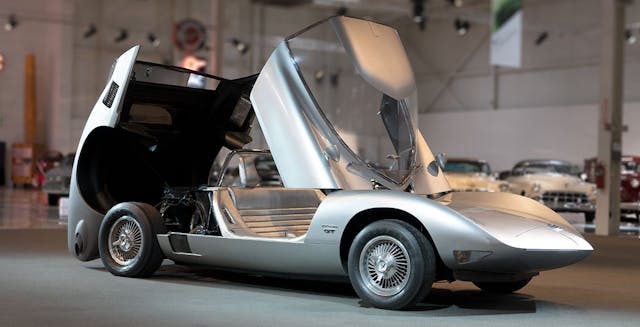
Most literature on the Corvair Monza GT focuses on its exterior, which is amazing, but there’s a lot going on under the skin that’s worth examining. The suspension became infamous thanks to Ralph Nader’s Unsafe at Any Speed, but by the time Nader’s book was published in 1965, Chevrolet had already revised the system, replacing the early model’s swing-arm setup (1960–64) with a fully independent design in the late-model cars (1965–69). Still, that later suspension design doesn’t come close to the Monza GT’s fully adjustable, double-wishbone arrangement, which allowed the maximum amount of tire contact throughout the range of movement. Even better, the Monza GT’s brakes were four-wheel discs; drums would remain standard-issue for production Corvairs until the final year in 1969.
When Larry Shinoda and Tony Lapine began work on their own Corvair concept car, they’d seen the Speciale, and took some styling direction from that car. Like Pininfarina, they trimmed even more out of a Corvair coupe’s unibody, resulting in the Monza GT’s 92-inch wheelbase. They used a standard 102-hp Corvair Turbo Air-6 with twin Rochester carburetors, but they flipped the engine so that it sat ahead of the transaxle, giving the concept a mid-engine layout.
Shinoda and Lapine’s design also utilized the flip-forward canopy from the Speciale. The cutlines extended into the door openings, allowing easier access to the passenger cabin. The seats were fixed, but the pedals could be adjusted for driver preference. The rear engine cover was a massive hatch that pivoted rearward, with ample venting for the air-cooled engine underneath. The hatch stretched from the very back of the car all the way to the trailing edge of the doors, and twin exhaust outlets protruded from blisters in the rear fenders. The nose somewhat foreshadowed that of the ’68 Corvette. The headlamps were concealed behind two electrically operated clamshell doors which, when opened, revealed European-style composite lamps—unlike anything that would be legal on American roads. The wheels were magnesium four-hole, Halibrand-style knockoffs. The rear cowl of the Monza GT was really the only thing that made it to production, finding a home on the late-model (’65–69) Corvair.
The Monza GT made its debut in June of 1962 at Elkhart Lake. From there, it was shipped to the New York International Auto Show in March of ’63, where it was joined by another Corvair concept car, the Monza SS. In a way, the Monza SS a less-radical engineering exercise, because its engine was conventionally mounted. As a result, there’s a lot more car behind the rear wheels.
The proportions are still gorgeous. Without concern for headroom, the windscreen is cut to the barest minimum on the Monza SS, and it flows beautifully into the side glass. Where the Monza GT’s doors are integrated into the flip-forward canopy, the Monza SS has conventional, front-hinged units. The passengers are protected by an integrated roll bar.
Instead of a massive flip-up engine hatch comprising the entire back third of the car, the Monza SS has fixed fenders, and a more conventional decklid that hides the rear-mounted powerplant. The earliest concept had the same hidden headlamps as the Monza GT, while the car that arrived in New York had fixed European headlamps, protected behind Lexan covers integrated into the shark-like nose. The wheels are turbine-style alloys with knockoffs, similar to those worn by a contemporary C2 Corvette.
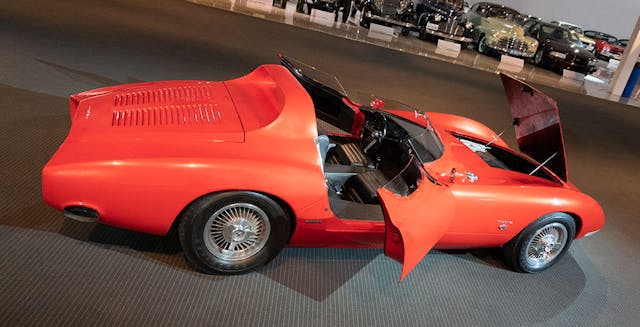
While neither of these cars went into production, Chevrolet did produce wildly popular miniature versions for sale.
Both of these cars are low, mean, knife-edged designs that had undeniable influence across the Atlantic. Look at either of these cars, which made the rounds in 1962 and 1963, and take another peek at the Lamborghini Miura (1966–73) and the Alfa Romeo Montreal (1970–77). American manufacturers might taken their cues from European designs in the latter years of the 20th century, but the Monza GT and SS suggest that, in the early ’60s, influence flowed the other way, too.

